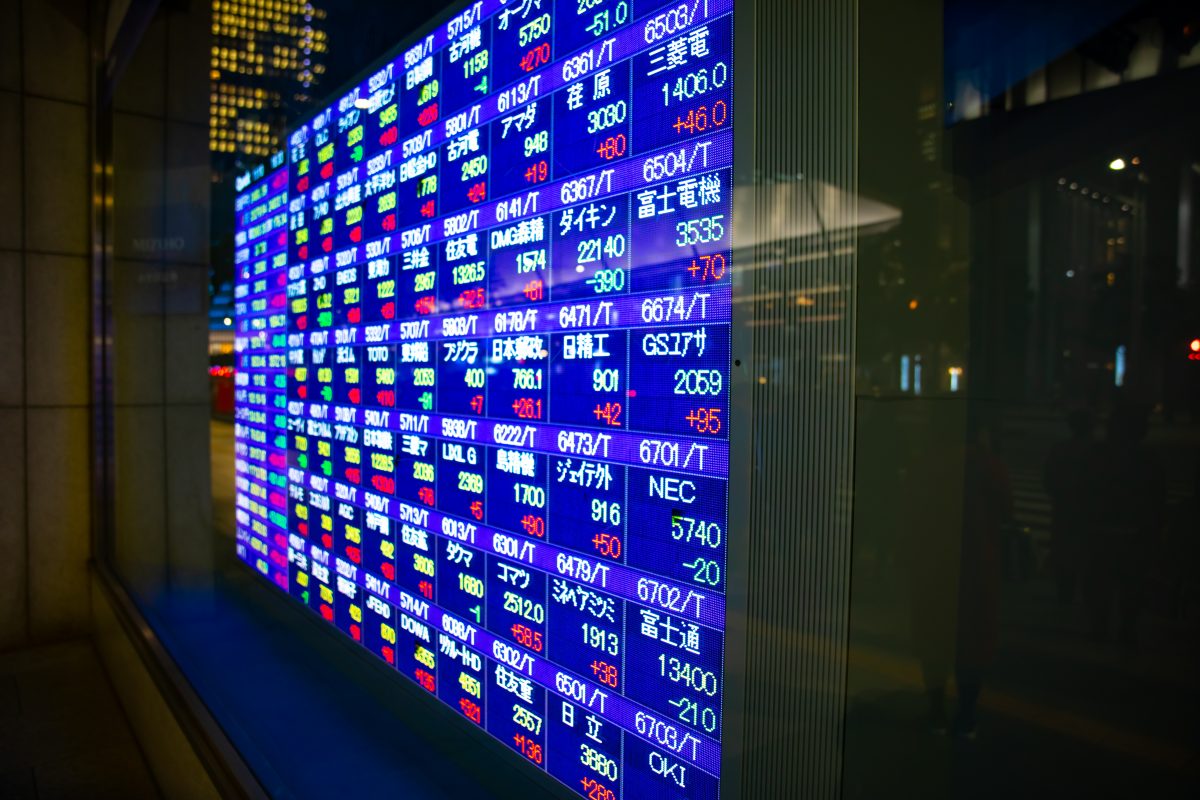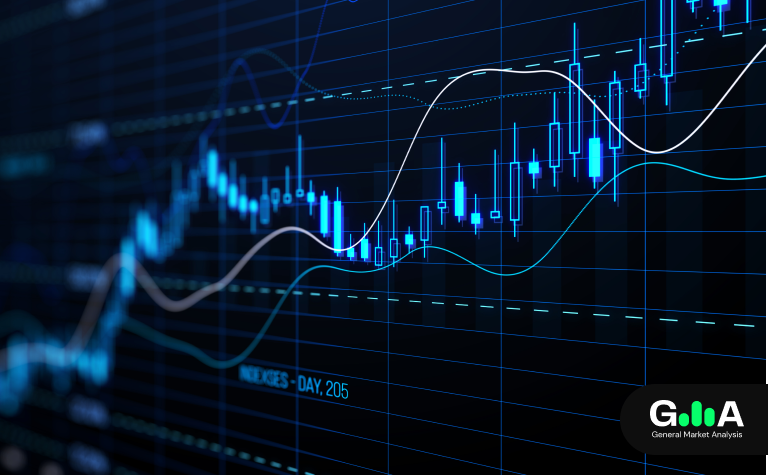Mechanical forex trading systems have been growing in number and popularity, mostly because of the ease and convenience it offers. Before you can come up with a profitable one though, you need to follow certain steps in constructing a proper mechanical system.
First and foremost, you should identify if you would like a trend-following or mean reverting system. The former takes advantage of large price moves in a single direction while the latter aims to catch market tops or bottoms, under the assumption that price will eventually bounce back to the mean.
After that, you can narrow down the list of technical indicators you plan on using. This depends on which one you are more comfortable with using, but it is generally recommended to have one leading indicator and one lagging indicator. The former should be able to give an early signal if a new trade setup is about to form while the latter could confirm if the trade signal is valid.
Next, you can decide on which time frame and currency pair you will be using for your trades. As discussed in the previous article, this can depend mostly on your trading schedule and what kind of market moves you are hoping to catch. This also depends on your level of comfort with additional volatility and potential slippage.
After this, you should lay down the specific rules for entering and exiting trades. This should include stop loss placement and profit targets, which should also have expectancy and reward-to-risk incorporated. By putting an effort into planning these in advance, you will have an easier time following your risk management rules.
Of course, it goes without saying that you should have a solid risk management plan in place, which specifies how much you will risk in each trade. Having a plan for scaling in or out can also come in handy, especially if the market presents opportunities for you to press your advantage or minimize your losses.
Now that you have the basic components down, you can start conducting back tests on your mechanical trading system. Traders typically test their system at least a year back in order to have a better idea of how much the system can generate over a span of twelve months. This could depend on the time frame of your system though and how much historical data you have on hand.
From there, you can also run forward tests on your system, preferably on a demo account. This should give you a better feel of how the system performs in live market conditions and allows you to take notes and figure out if any adjustments need to be made in order to adapt the system to current market conditions.
Through all this, it is crucial to maintain a trade journal, on top of the profit and loss statement generated from forward testing. This will help you pinpoint if any components of the system are also affecting your trade psychology.






